Caring for the Most Common Sports Injuries
A sports injury refers to the different injuries that most commonly occur during exercises or sports activities. However, despite their name, these particular injuries aren’t exclusively experienced by athletes. Other examples of so-called sports injuries are painters experiencing shoulder injuries, factory workers suffering tennis elbow, and gardeners developing tendonitis. These individuals and others can experience many of the same injuries, pain, treatments, and recovery times. There is a wide range of potential sports injuries, as well as athletes and non-athletes who can suffer from them. Thus, it can be impactful to learn some top sports injuries and treatment options for optimal wellness. In this article, we’ll discuss the most common sports injuries, the details of a sprain vs. strain, how to treat a pulled muscle, and what RICE stands for so you can consider and experience impactful treatment.
 The Most Common Sports Injuries
The Most Common Sports Injuries
Exercise and other athletic activities can be highly beneficial for the different parts of the body. However, you can face the potential to injure yourself when you pursue and engage in these ranging activities. Aspects such as poor training practices, improper stretching and preparation, accidents, lack of focus or proper care, and inadequate gear for particular pursuits and motions can all contribute to an experienced sports injury. People who engage in these activities can also endure an injury by not being at an ideal fitness level to safely participate in and endure them. Preparatory behaviors, such as stretching or warming up are essential to preventing these injuries. They can also positively impact the nature of the injuries and recovery time. Some of the most common sports injuries include knee injuries, swollen muscles, Achilles tendon injuries, rotator cuff injuries, sprains, and strains.
A Sprain vs. A Strain
When discussing the most common sports injuries, it’s also essential to discuss some common differences between the types. One of the biggest distinctions to know is that of a sprain vs. a strain. The definition of a sprain is a tearing or stretching of ligaments. These ligaments serve as the tough bands of fibrous tissue connecting two distinct bones together. One of the most common locations for a sprain is in the area of your ankle. One of the most popular initial treatment options is the RICE method. A mild sprain can undergo a successful treatment plan at home. A podiatrist can offer a reliable diagnosis, attuned treatment plan, and speedy recovery from your injury. While some sprains can have a successful recovery at home, more severe sprains may need surgery to fully repair.
In contrast to a medical sprain in an area of your body, the definition of a strain is an injury to the band of tissue connecting a given bone to a muscle or an injury to a specific muscle. Pulling or otherwise twisting these distinct tissues can cause an experienced strain. These sports injuries can develop slowly over time or occur suddenly. Hamstring and back muscle strains are among the most common types of strains. While these two types of sports injuries are similar in affected areas and treatment options, symptoms and signs can vary. The symptoms and signs can vary depending on the severity of your injury. Some of the top signs and symptoms of sprains and strains to look out for are swelling, bruising, and feeling or hearing a “pop” noise in the area of your joint at the injury time.
 How to Treat a Pulled Muscle
How to Treat a Pulled Muscle
If you experience a pulled muscle, this often presents as a tendon or muscle with a tear or overstretching. These particular types of muscle strains can develop with little to no warning and have the potential to significantly affect people of all fitness levels and ages. Owing to the distinct range of injury types and their range of severities, it’s vital to consult with an experienced podiatrist right away when considering how to treat a pulled muscle, especially in certain cases, such as if you cannot walk, are in a significant amount of pain, heard a “pop” noise at the time of injury, have broken skin at the injury site, are experiencing a fever, or have any major or significant swelling at the area of the given injury. Once you undergo an evaluation, some of the commonly recommended at-home treatments are the RICE method, over-the-counter medications, and applied heat.
What Does RICE Stand For?
One of the most popular and effective methods of treatment and recovery recommended by podiatrists and conveniently engaged at home is the RICE method. Used widely to effectively recover from various unique types of sports injuries, including sprains, strains, and more, this treatment option involves four essential steps that make up its acronym. What R.I.C.E. stands for is rest, ice, compression, and elevation. These steps also provide some of the greatest success in treating various sports and other injuries when engaged in this particular order. Resting and protecting the sore or injured area is essential for quick recovery. An aptly applied cold pack or ice applied as quickly as possible after the injury can minimize or prevent swelling. Compression, such as with an Ace bandage, can also help to decrease swelling. The last stage, elevation, involves elevating the sore or injured area to minimize swelling and encourage speedy healing.
 We Treat the Most Common Sports Injuries
We Treat the Most Common Sports Injuries
While active participation in exercise or specific sports activities is wholly worthwhile to pursue, you are at risk for a range of sports injuries, including some of these particularly common types. For the quickest and most effective treatment and recovery of your unique sport or other injury, see us at the Foot and Ankle Podiatrists of Illinois.

